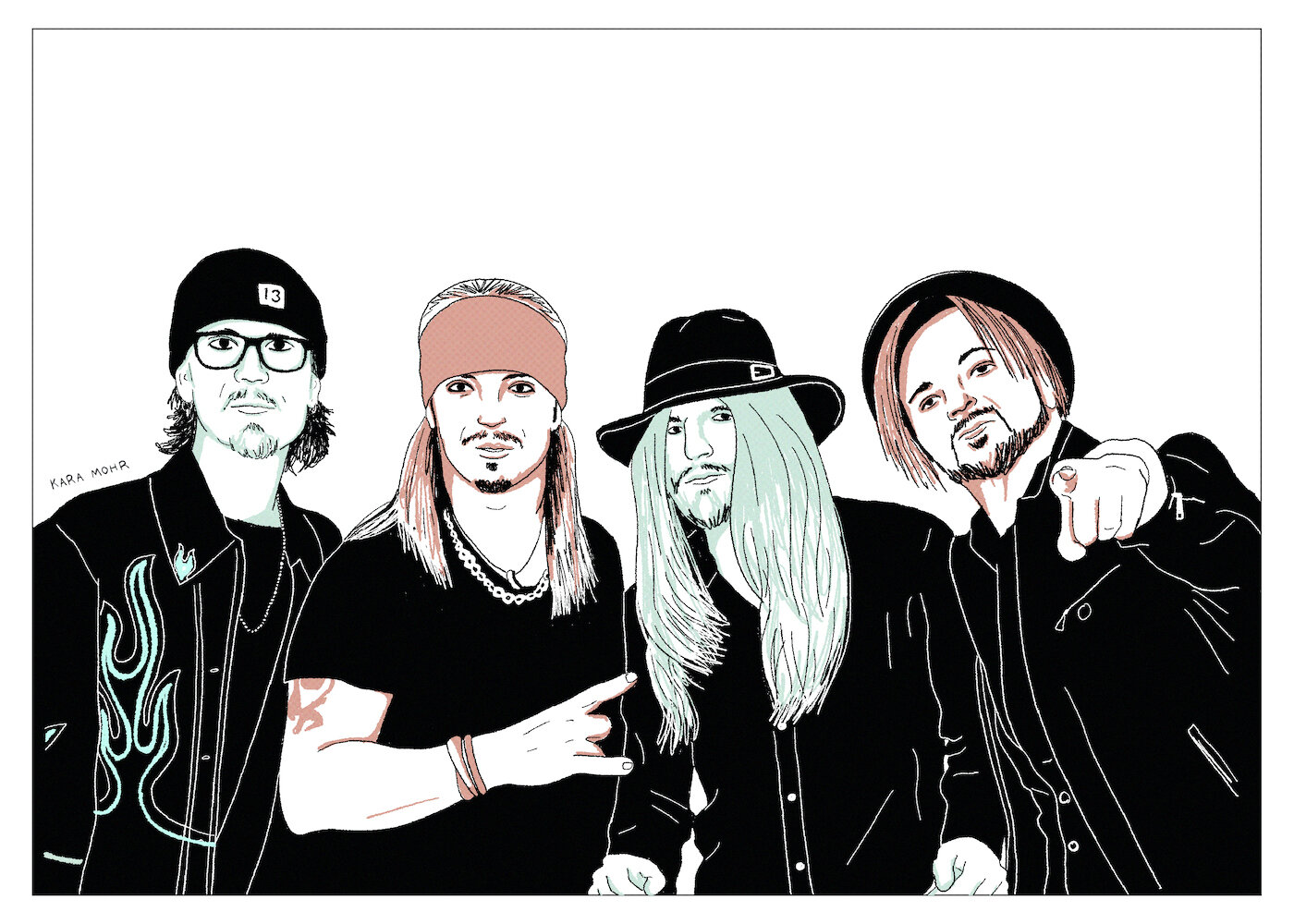
Poison “Hollyweird”
They were never as heavy as Motley Crüe or as menacing as GNR. But, at the end of the 80s, Poison was the prettiest Metal band we had. They triggered teenage hormones with big, dumb hits that were both hard and soft. Decades later, though, there was still something oddly enduring about Bret, C.C. and the guys. Was it reality TV? Was it the hair? Was it Trump country? Seriously. What was it?
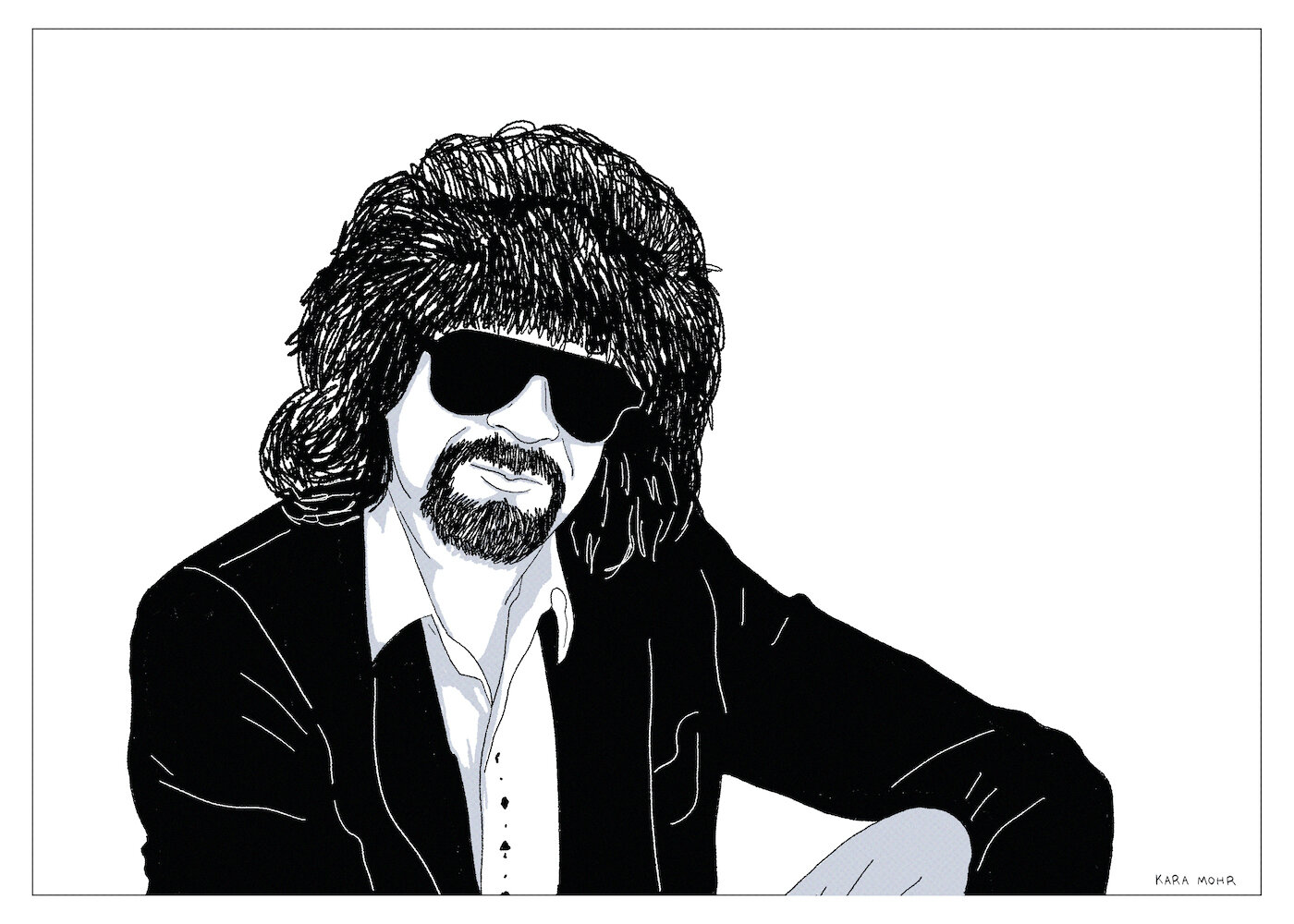
ELO “Zoom”
Jeff Lynne was always too furry to be Glam, too Pop to be Prog and too Disco to Rock. But he was daring enough to wonder what lies in the valley between The Beatles and Disco. The answer, of course, was Electric Light Orchestra, the band that gave America the sound that it desperately wanted. That is, until they wanted none of it.
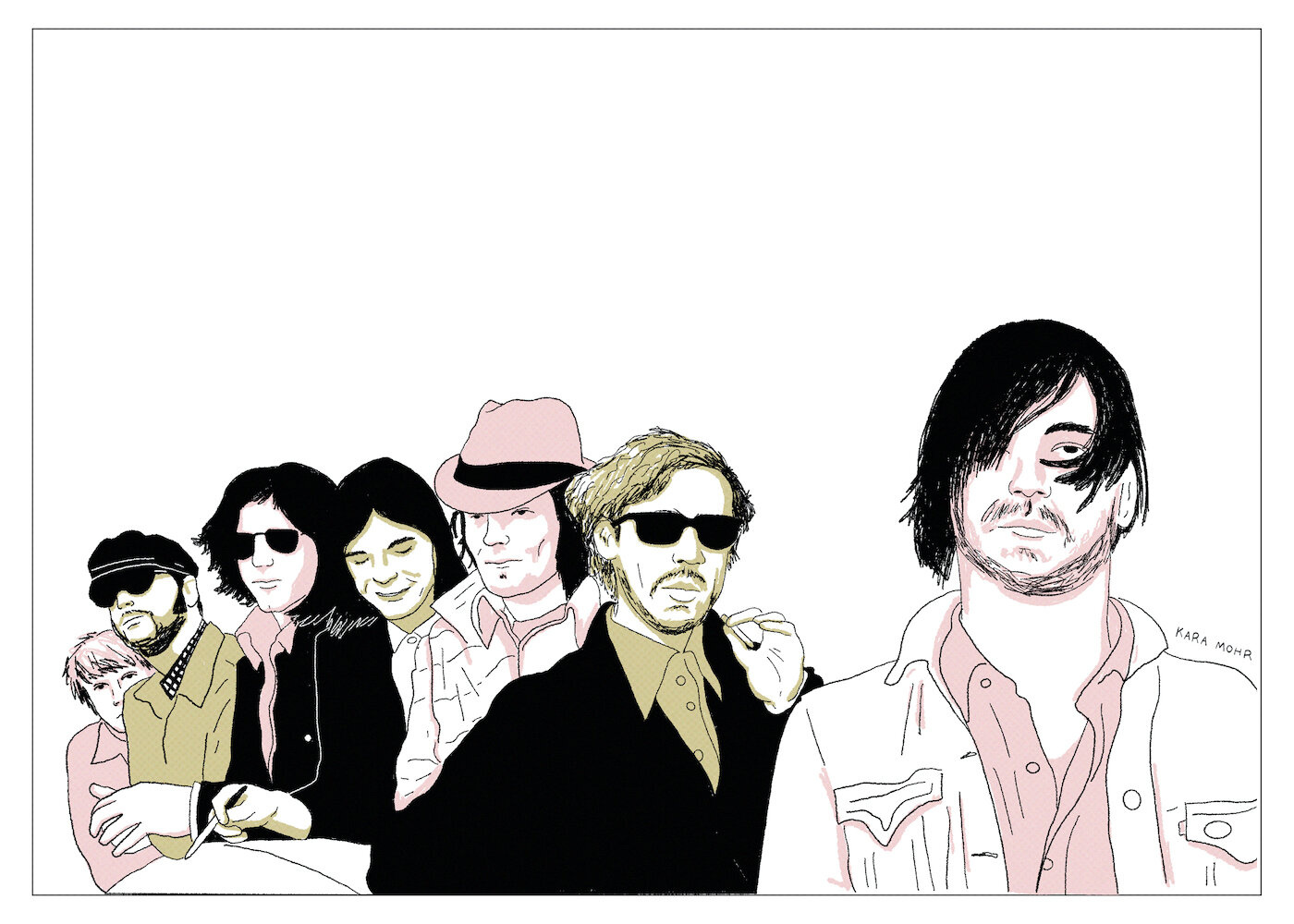
The Brian Jonestown Massacre “Aufheben”
After a decade teetering between revelation and annihilation, Anton Newcombe followed his heroes and moved to Berlin. There, he got married, got sober, became a dad and hit reset. His music, which had always contained multitudes, sounded just slightly different in middle age — more curious and eclectic. The auteur I first heard in 1996 seemed like a man living to die. New Anton appeared open to the alternative. There’s a German word for this relationship between thesis and antithesis. It’s “Aufheben.”
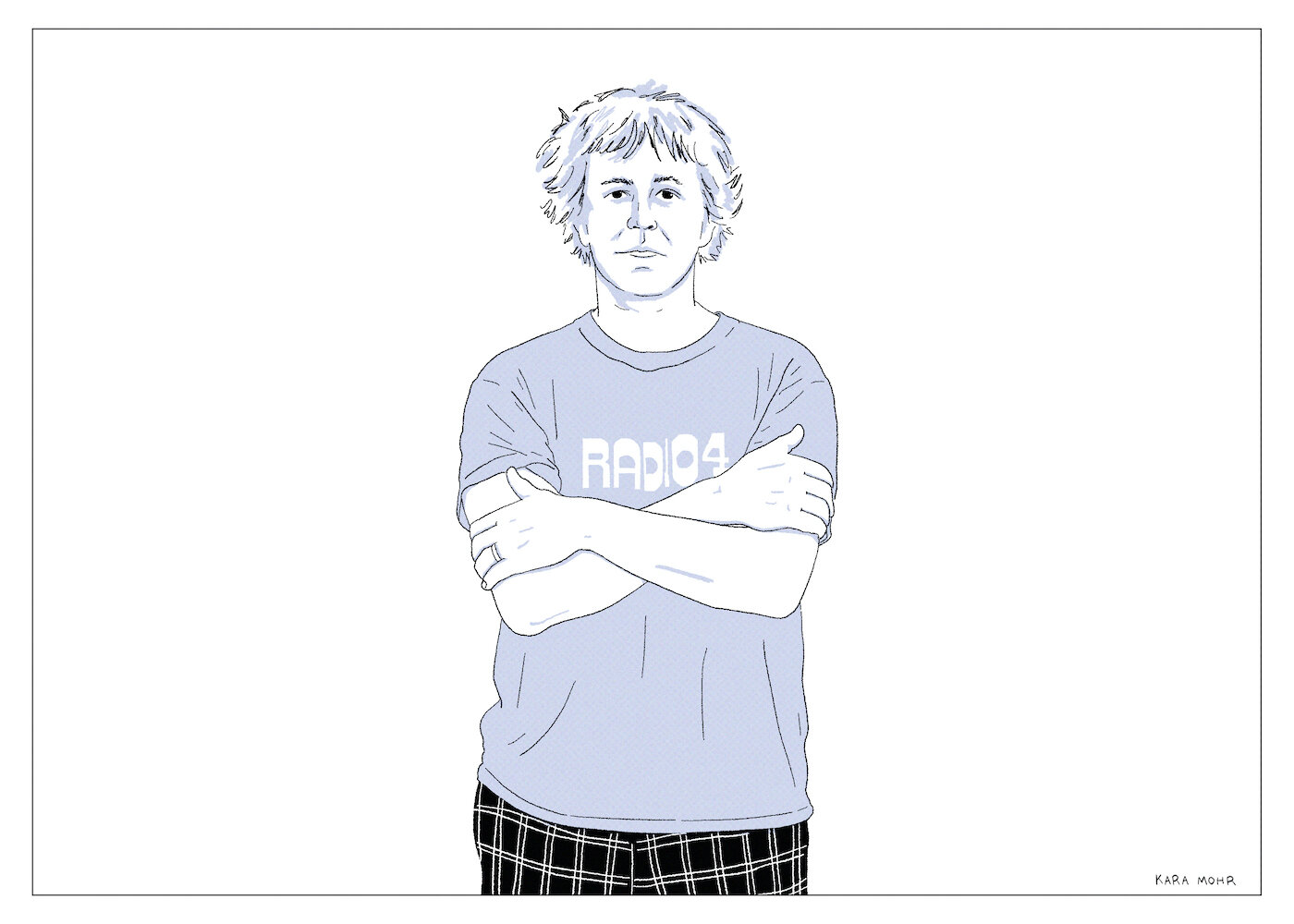
Guided by Voices “Earthquake Glue”
“Earthquake Glue” is the second to last album from GBVs legendary first run. It is the music of a brilliant Pop chemist, forced to choose between the tiredness of a job and the joy of amateurism. It is the music of a middle aged man who can can write a thousand songs. Who can teach elementary school. Who can throw a no hitter. Who can drink an ocean of beer. But who can’t do it all at once. At least not professionally.
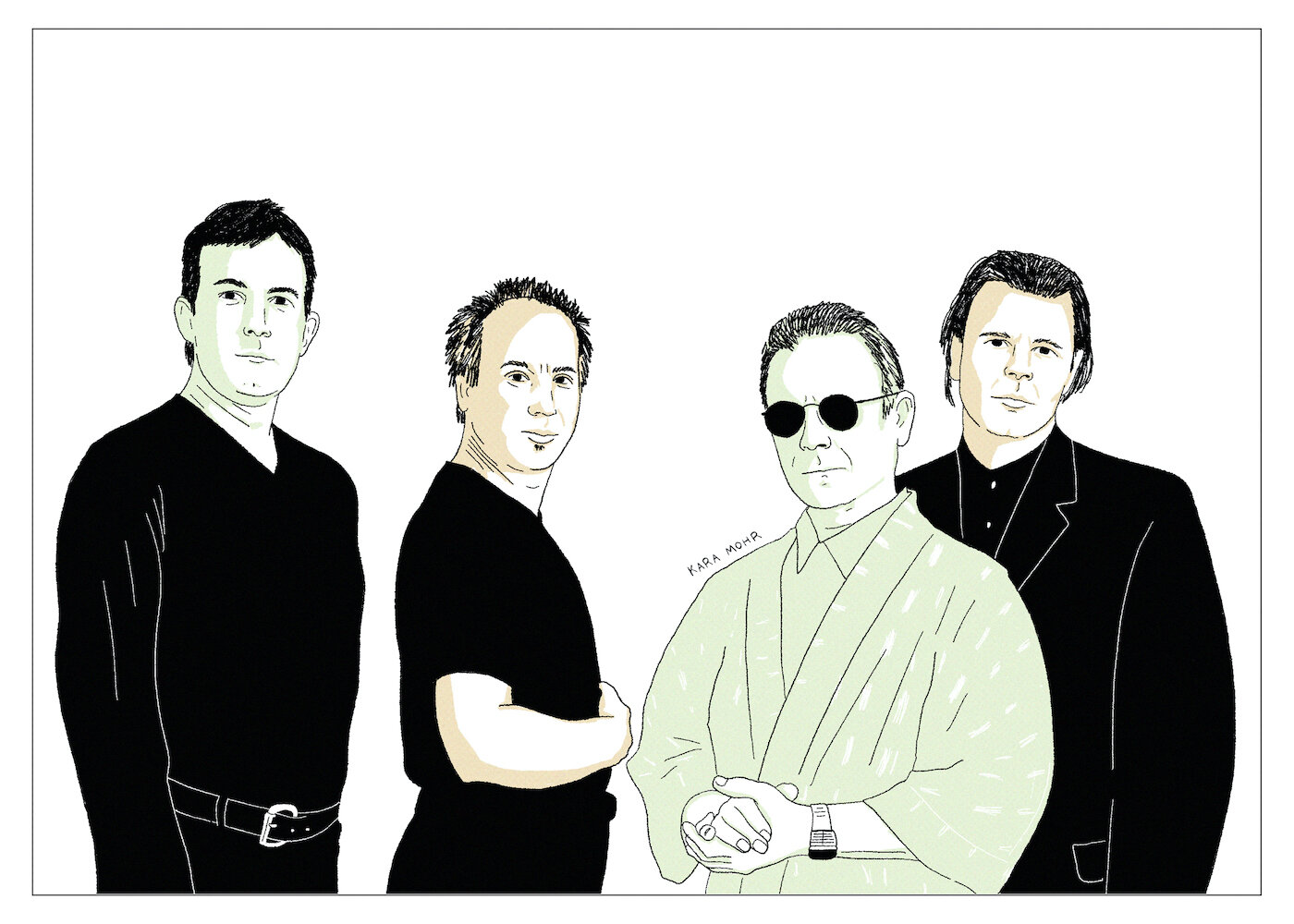
King Crimson “The Power to Believe”
Following their quirky, Belew-ish permutation in the 80s, King Crimson was reborn a decade later — harsher and, amazingly, more obtuse. As a casual listener, their final run from 1995 to 2003 sounds like music made for consideration rather than enjoyment. Nonetheless, I put my thinking cap on and tried my best with all of the albums from that period. And this arduous seeking led me to 2003’s “The Power to Believe,” Crimson’s final studio album (to date). If I was ever going to find meaning in King Crimson, surely it would be there — in Fripp’s closing statement. It simply had to be there.
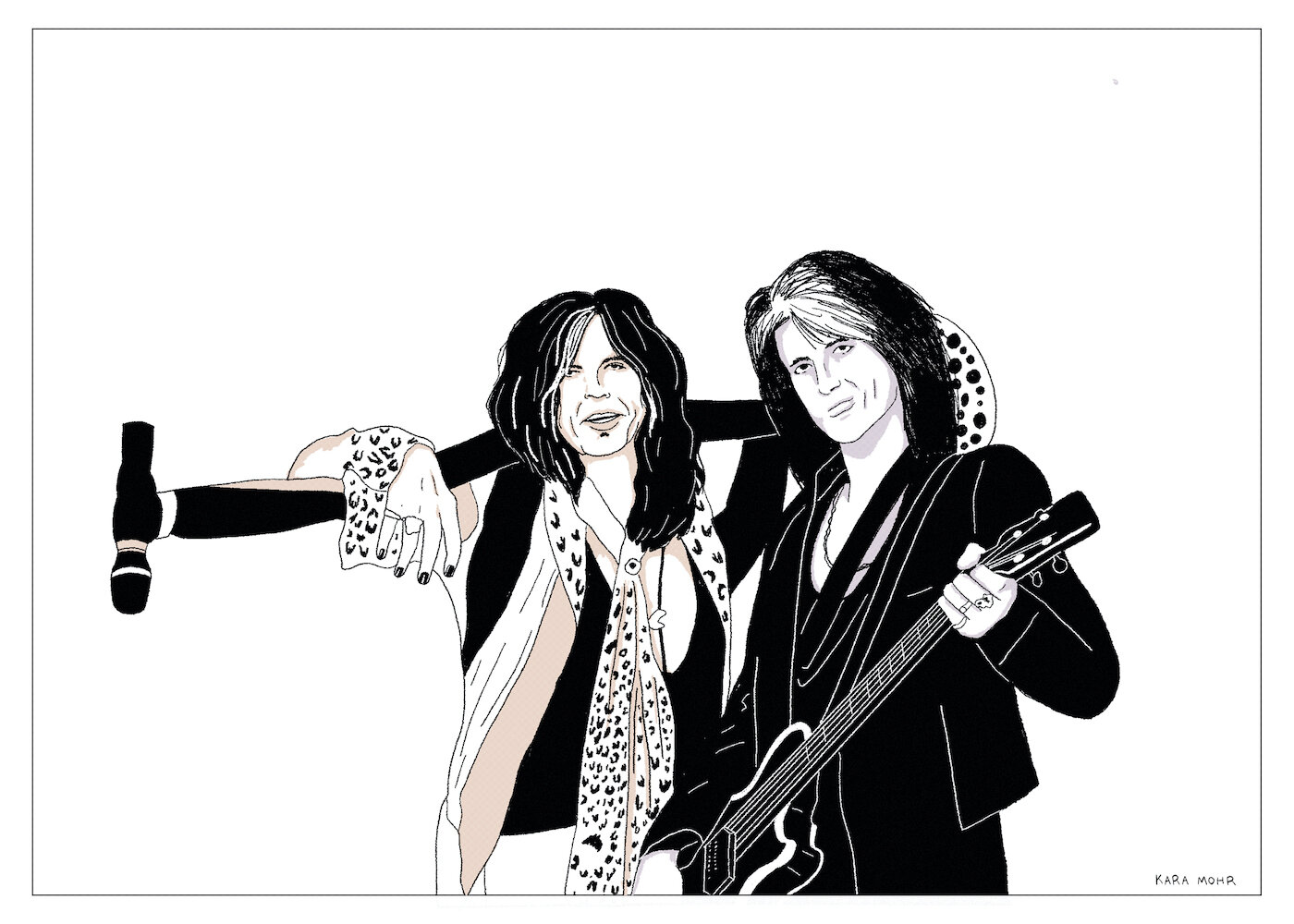
Aerosmith “Music from Another Dimension”
In the 1990s, Aerosmith transformed from almost has-beens to American Rock gods to, eventually, international superstars; all on account of their skyscraping ballads. However, following 2001’s “Just Push Play” and a Super Bowl halftime victory lap, it appeared that the years of baggage had them buckling under the weight. There would be no new music for a decade. But, eventually, the unkillable band lumbered into a studio in the summer of 2011 to record “Music from Another Dimension.”

Spoon “They Want My Soul”
Though he strikes a formidable pose in concert and in photos, Britt Daniel is an unlikely, and grudging celebrity. By 2011, and against all odds, he was in a full blown relationship with stardom. And Britt maybe wanted to break up. Divine Fits seemed like the perfect distraction — all fun and little fame. It seemed like exactly what he needed. It may have been close. But, it was evidently not enough. The evidence, in this case, is Spoon’s 2014 release, “They Want My Soul.”
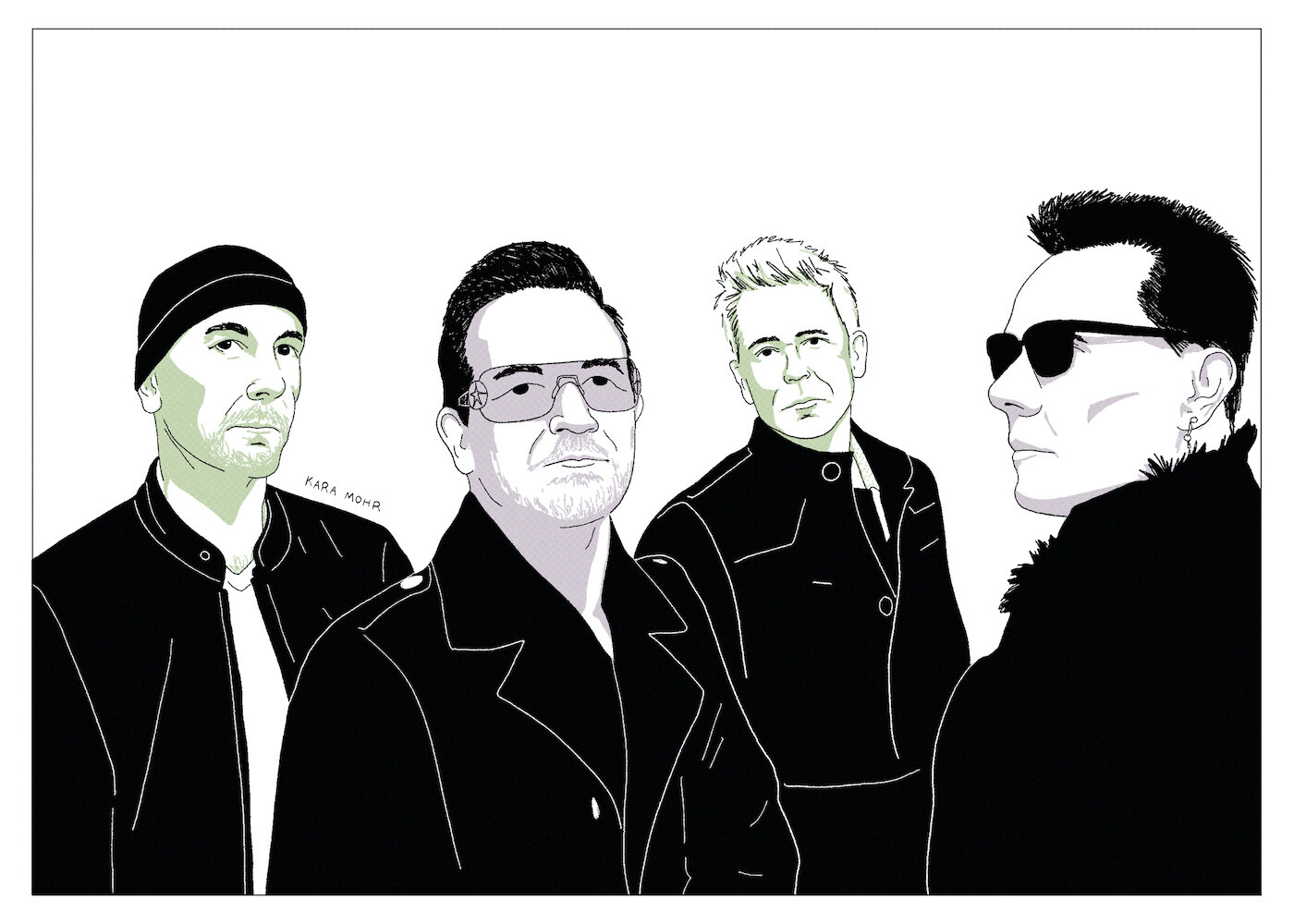
U2 “Songs of Innocence”
The colossal disaster that was the Apple / U2 “Songs of Innocence” campaign has been thoroughly considered by music critics, business writers and technologists. In conjunction with the release of the iPhone 6, it was revealed that all iTunes subscribers would receive a free digital copy of the new U2 album. To many, the promotion was akin to fancy spam. In fact, with the click of a few buttons, Apple and U2 managed to annoy roughly 5% of the Earth’s population. In 2014, for weeks on end, I was reminded of this botched cyber-intrusion through the pairing of my iPhone and my car stereo. It would take me seven years to return to the scene of the crime.
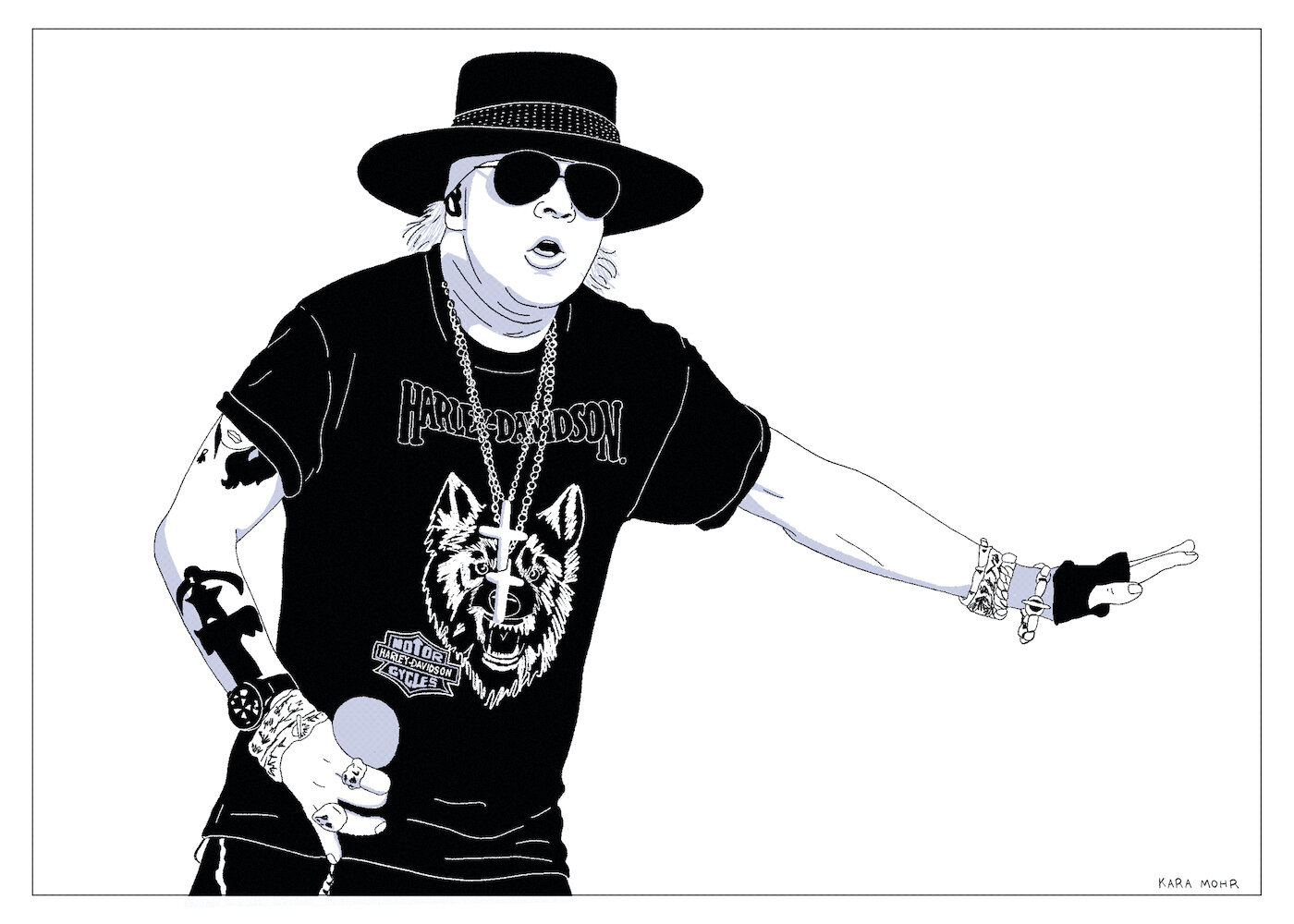
Guns N’ Roses “Chinese Democracy”
The history of “Chinese Democracy” is both exceedingly well-documented and a mystery that resides only inside the Alx Rose’s mind. Almost everything I have read about the album, I receive suspiciously, assuming it’s less than half truth. And yet, I kind of believe all of it. It is a story so complex and bombastic that it is a wonder it has not yet been made into a film. It might, in fact, be a story too sprawling and epic for film. Unless, that is, Michael Bay is at the helm. “Chinese Democracy” could make “Armageddon” seem as darling and contained as a Wes Anderson movie.
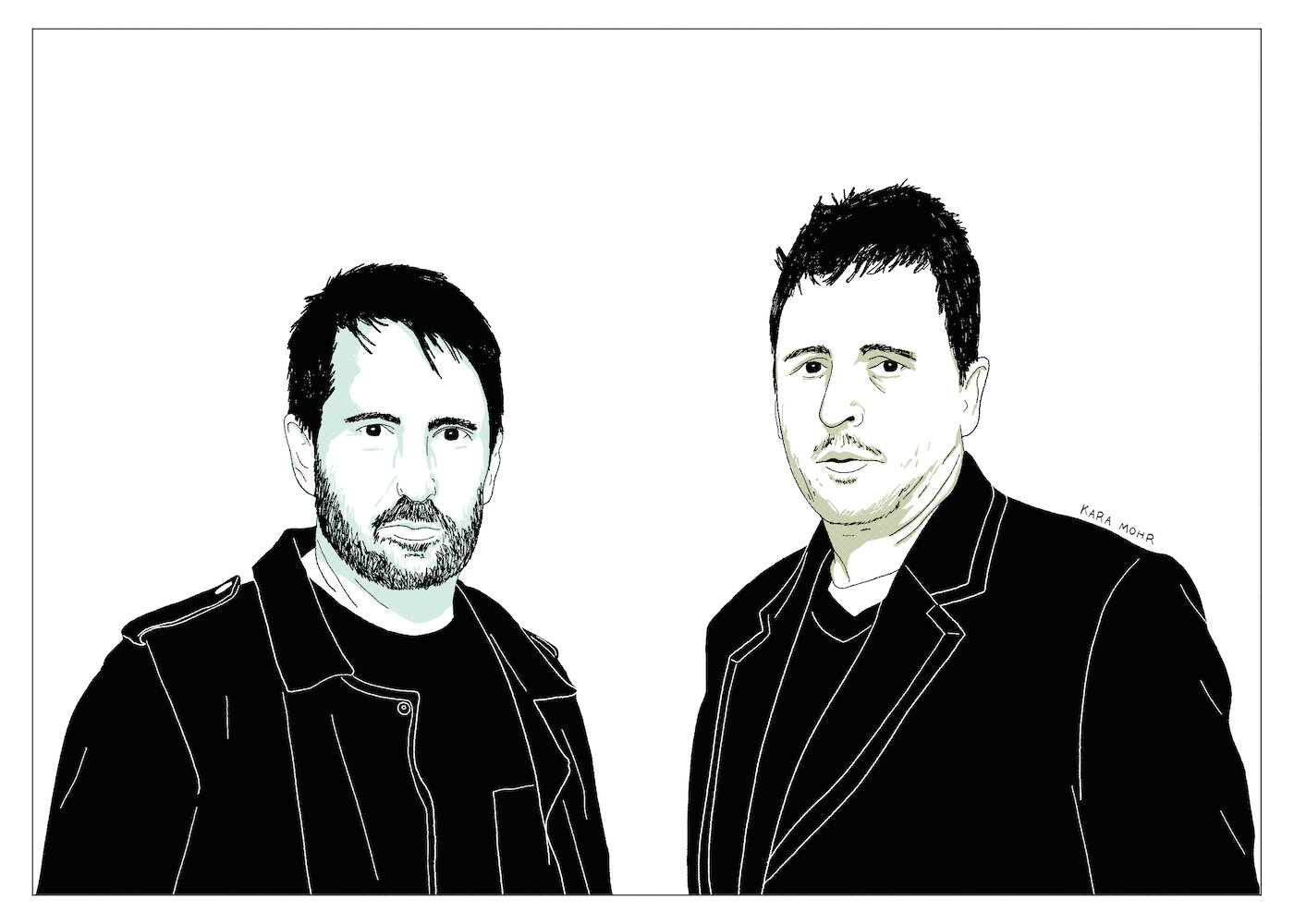
Nine Inch Nails “Bad Witch”
Between 2016 and 2018, Nine Inch Nails would release three products, all born out of a dialogue between Trent Reznor and Atticus Ross, but mostly between Reznor and Reznor. The first two of these releases were billed as EPs (“Extended Plays”) and did not eclipse thirty minutes in length. “Bad Witch,” the final piece, consumed with Jazz and David Bowie, is still only six songs and thirty-one minutes long. Taken separately, these records are heady, experimental statements, but also somewhat ephemeral. Taken collectively, however, they are are as considered and challenging as any album from Radiohead, Public Enemy, Brian Eno or, even, David Bowie, himself.
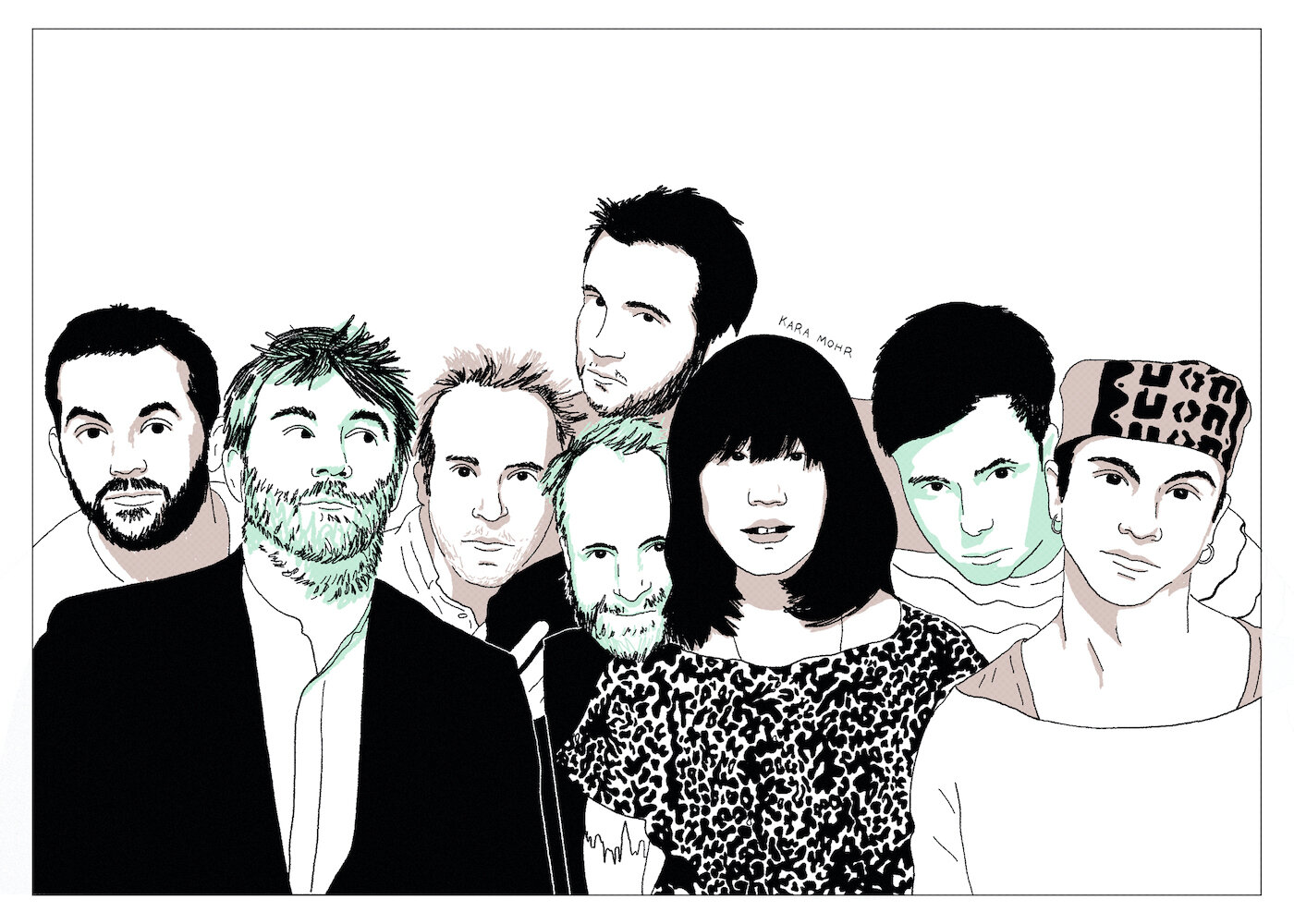
LCD Soundsystem “American Dream”
The first time I met James Murphy, we passed each other as he entered the tiny South Williamsburg bathroom that I was exiting. It was 2001. It was very late. It was barely a moment, but I do recall thinking that he looked like an imprecise man. Within a couple of years, I would realize how wrong that impression was. James Murphy, the musician, was impossibly precise. Now, nearly two decades later, I find it hard to conjure any such precision in writing about LCD Soundsystem’s 2017 “reunion” album, “American Dream.” My challenge is in part a challenge of psychiatry -- how well can I parse memories. But it is also a challenge of ego -- how well can I avoid projection without sounding like the desperate subject from “Losing My Edge” or like I am plagiarizing “All My Friends.”
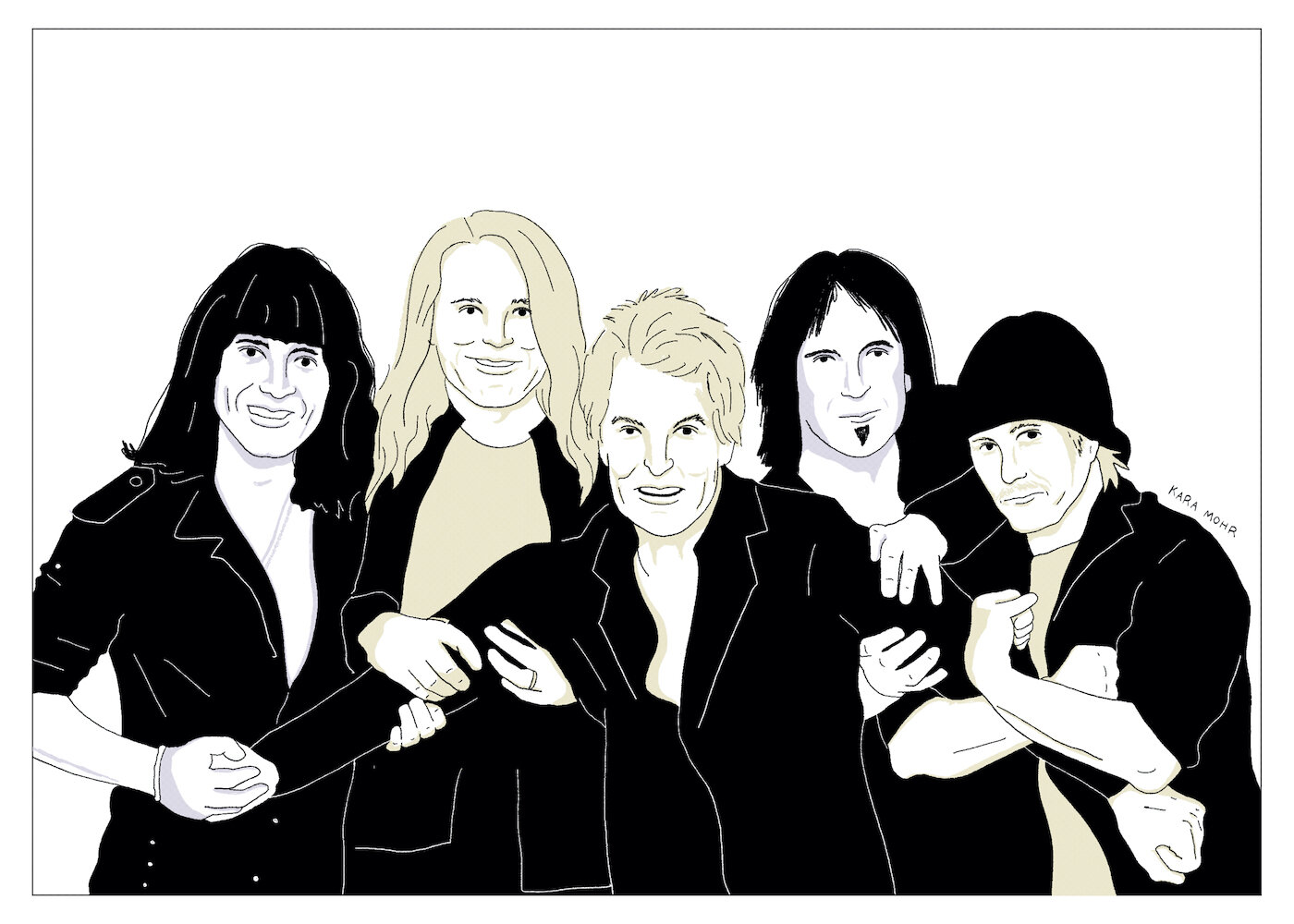
REO Speedwagon “Find Your Own Way Home”
Can it be a coincidence that REO Speedwagon, Styx, Richard Marx and, of course, Chicago all are from (near) the great Second City? Each reached the very top of the charts, sold millions and millions of records, and were both admired for the craft and derided for their sentimentality. To me, it is the triumph of REO Speedwagon that is the most curious and compelling case. On the surface, the story of REO Speedwagon can read like a tale of perseverance. But when you pull at the thread, you discover a band that, a decade into their career, found a Pop “cheat code.” With this code, they made a pair of completely irresistible, loud then quiet, then loud and quiet power ballads that would presage everything from Night Ranger to The Pixies. By the end of the 1980s, the band was decidedly out of fashion, but, amazingly, nowhere near their end.
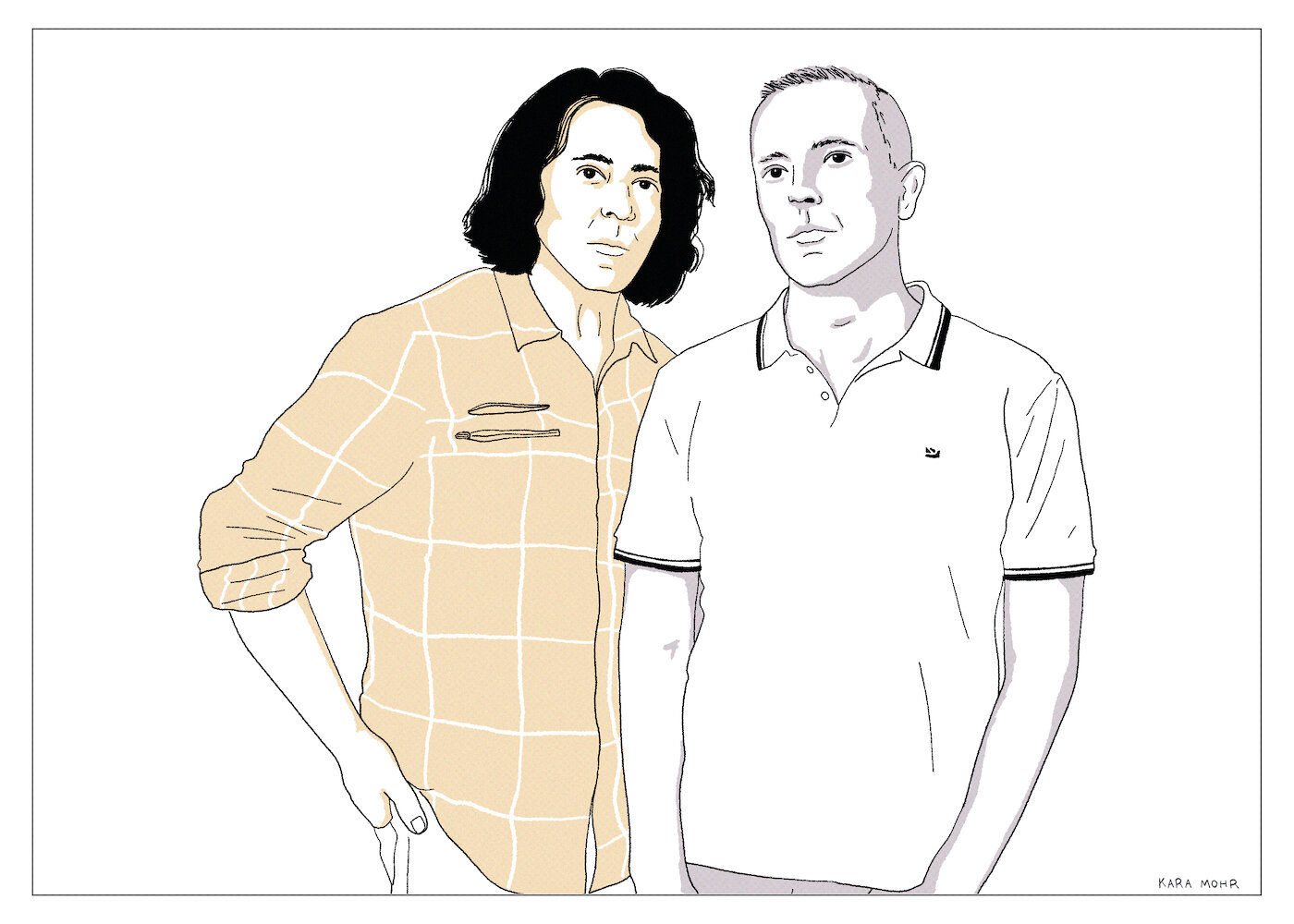
Tears for Fears “Everybody Loves a Happy Ending”
Between “Shout” in 1985 and “Seeds of Love” in 1989, Tears for Fears were among the biggest and most complicated Pop bands in the world. They were the rare group that were as accessible and whole on the surface as they were complex and broken below. In every Tears for Fears song, you can feel that there is deeply personal shit being worked on. You can hear the therapy in the songwriting. But, eventually, the songwriting therapy became more like wrestling. So, while still in their commercial peak, Curtis Smith left the band in 1991. Nearly thirteen years later, the two men returned to the analysis with the “Everybody Loves a Happy Ending.”
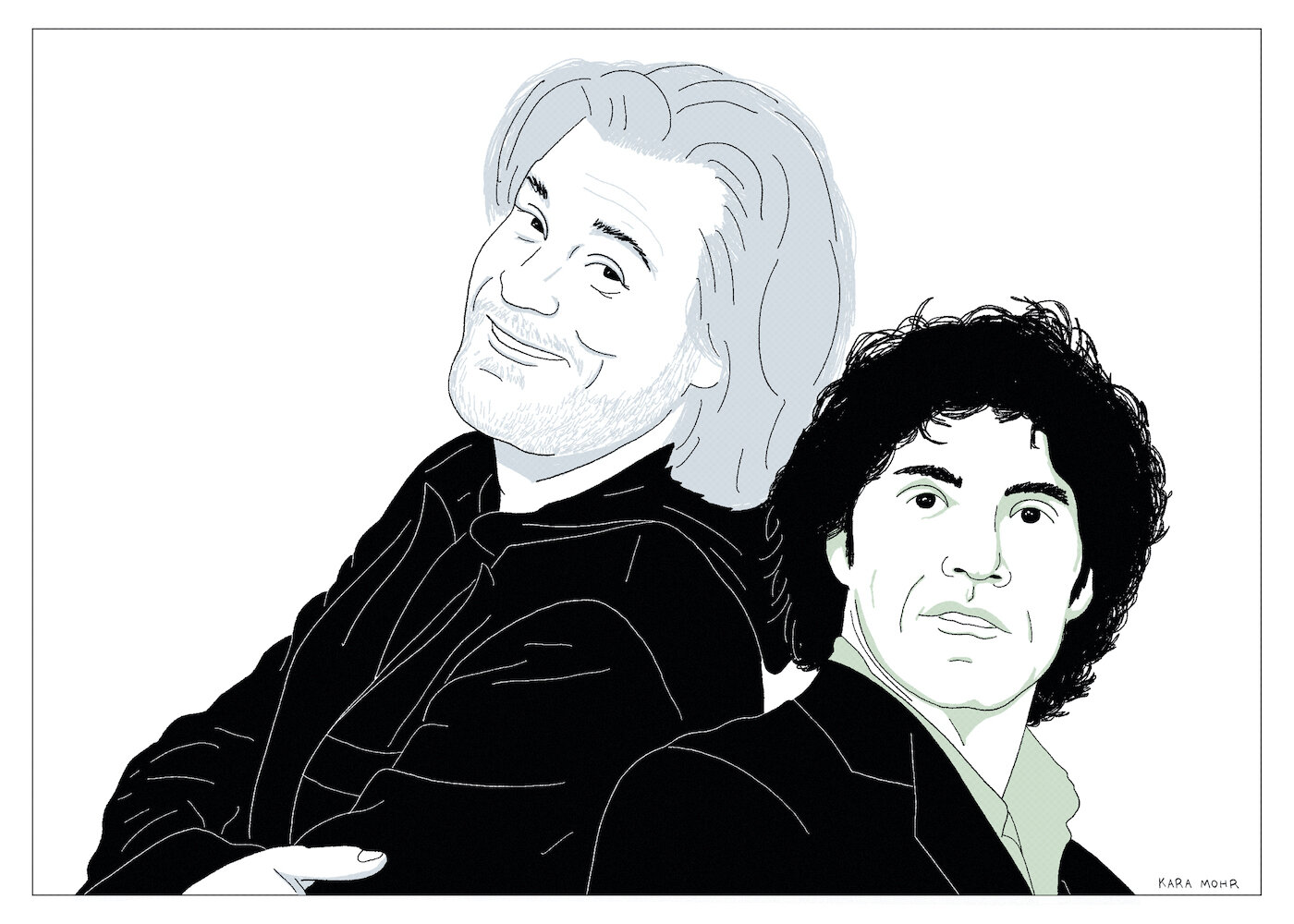
Hall and Oates “Do It for Love”
Beginning in the 1990s, Hall & Oates’ albums became increasingly sporadic. Sales dried up and it seemed plausible that the duo would coast into retirement. Gradually, however, once-suspicious listeners and critics began to reclaim the band. “What was it,” we all wondered, “about Hall & Oates?” Was it simply Darryl’s voice? Was it their perseverance? Honestly, I’m not sure I would have ever discerned the “it” if Hall & Oates stopped making music when they passed their prime. But because they soldiered on, we ultimately got 2003’s “Do It for Love.” And, on that album, the mystery of Hall & Oates gets unlocked. They were a Boy Band all along.
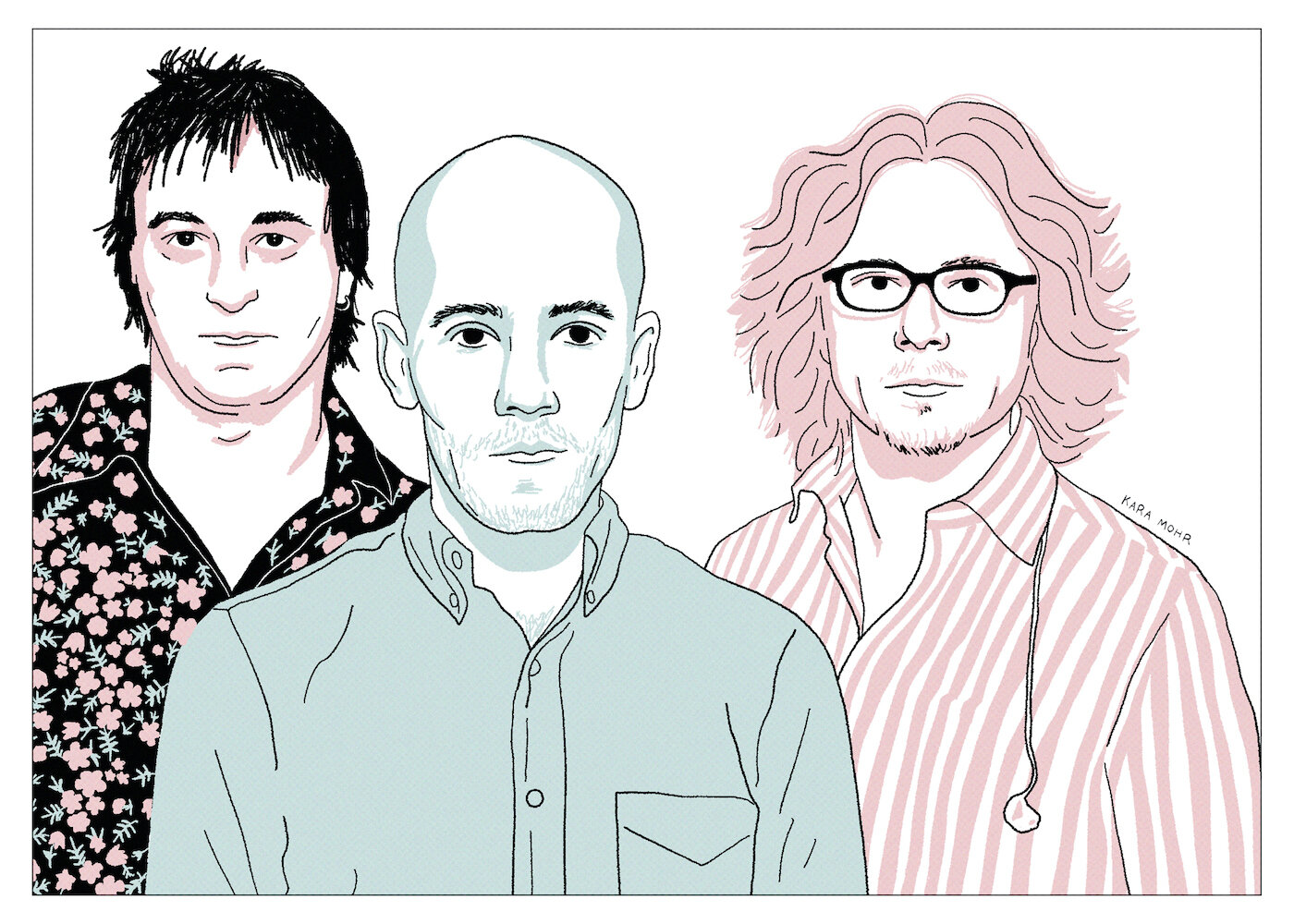
R.E.M. “Around the Sun”
Between 1982 and 1996, in their creative eclecticism and utopian idealism, R.E.M. were the embodiment of Alternative Rock. However, the enduringly great band buckled after drummer Bill Berry left in 1997. By 2004, seven years after Berry departed and just three years after 9/11, R.E.M. was floundering through a deeply personal, middle-aged, anti-Bush, urban ennui. Released in the fall of that year, “Around the Sun” is the plainest album from a band that, previously, was rarely direct and never boring.
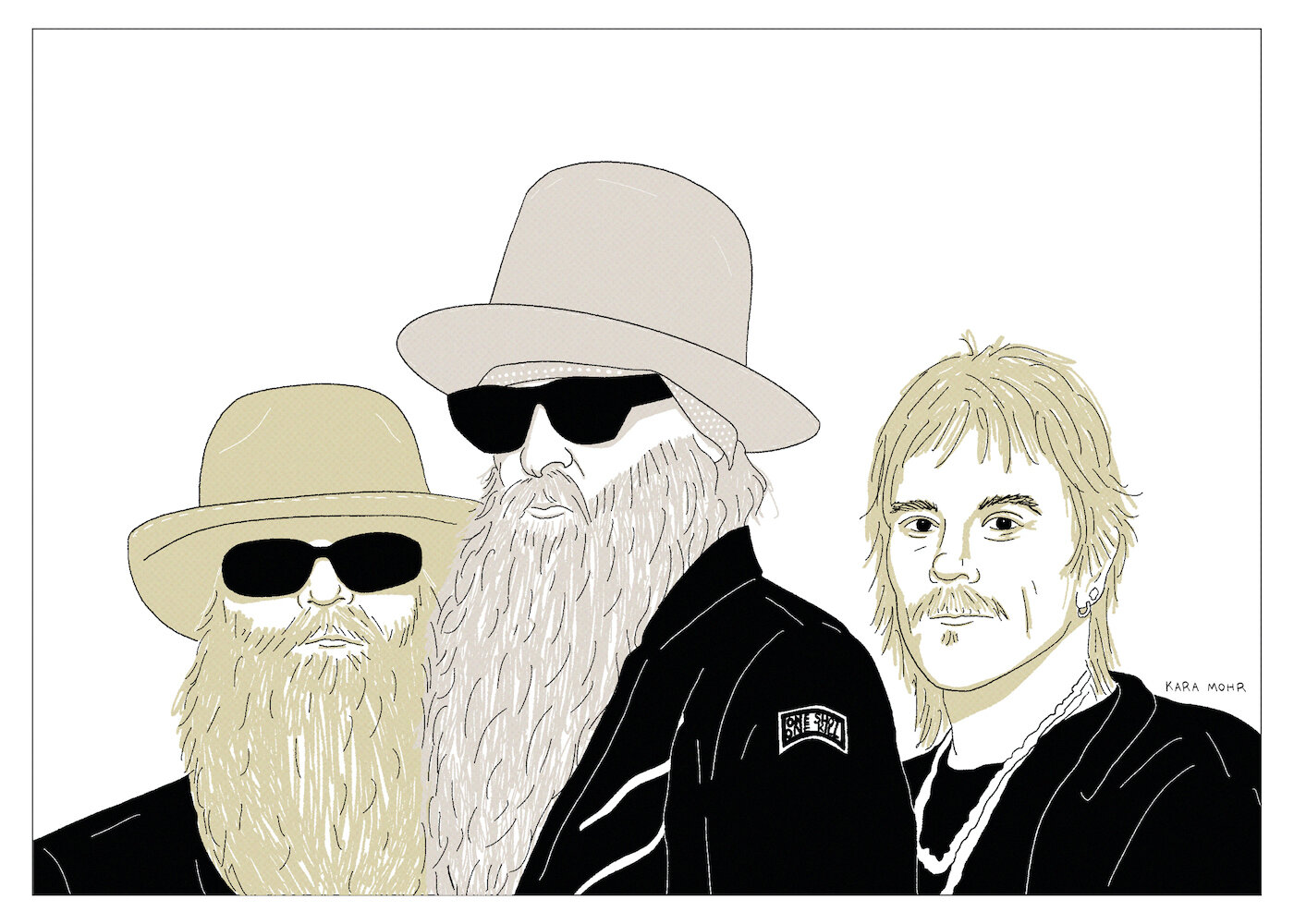
ZZ Top “La Futura”
Following their long, slow popular decline and the Garage Rock revival that owed more than a little to the band, it only made sense that ZZ Top would be ripe for reclamation in the 2000s. What made even more sense, in fact so much sense that it seems too obvious, was that the man behind the reclamation project was none other than Rick Rubin. Having succeeded with Johnny Cash and tried his darndest with AC/DC, Rubin offered the beard and the adoration required for the job. In 2003, he began working with ZZ Top on “La Futura.” It would be nearly a decade before the album would see the light of day.
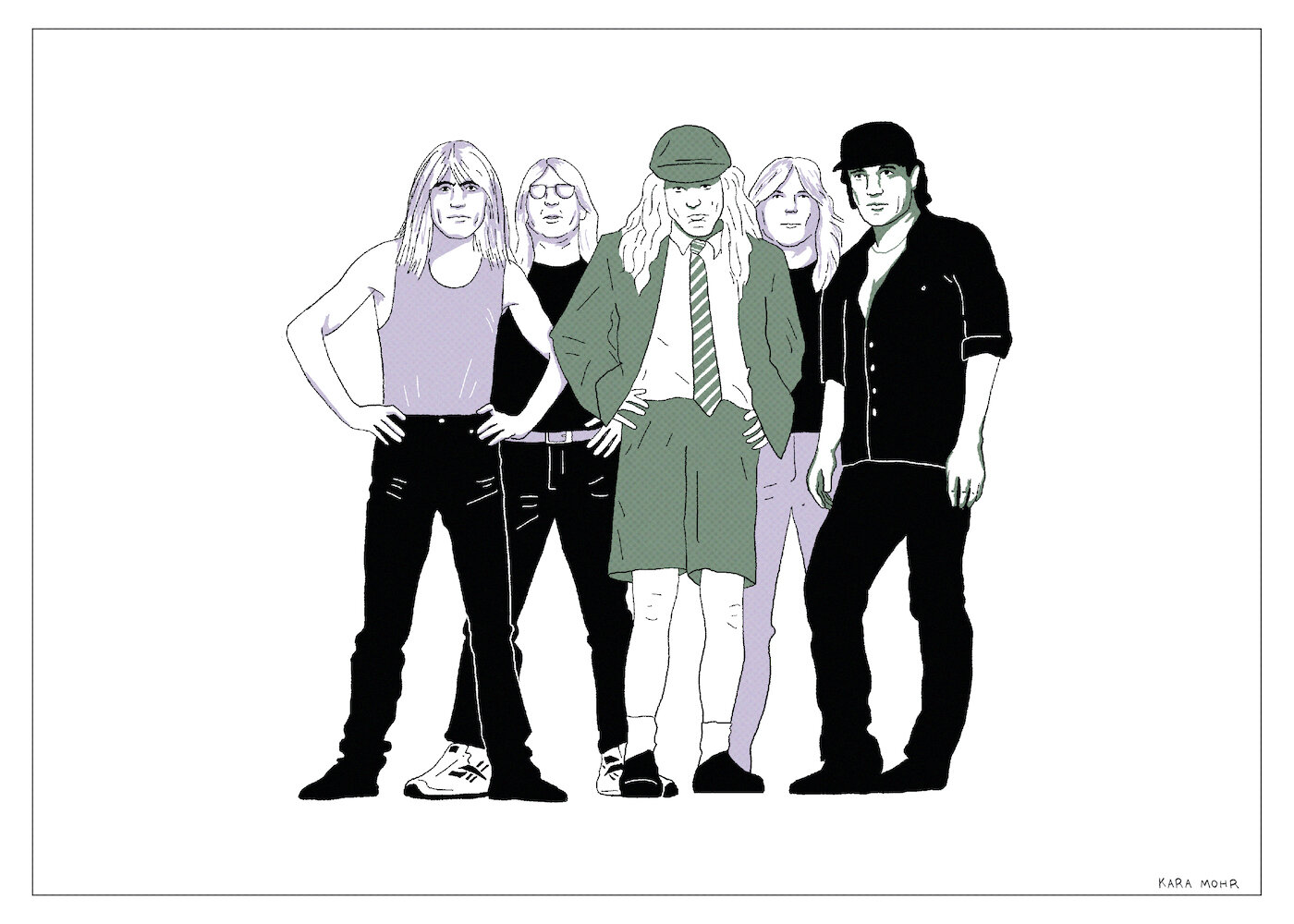
AC/DC “Stiff Upper Lip”
No band was better engineered to achieve its end goal than AC/DC. The Beatles were far more musical. The Stones were more ambitious. Led Zeppelin was grander. But AC/DC — part teenage erection and part auto factory — only knew how to do two things: rock and roll. By 2000 — a year of declining CD sales, N Sync, Limp Bizkit and Christina Aguilera — could have been a watershed moment for the band. But, it wasn’t. They released “Stiff Upper Lip” and just kept doing what they were built to do.
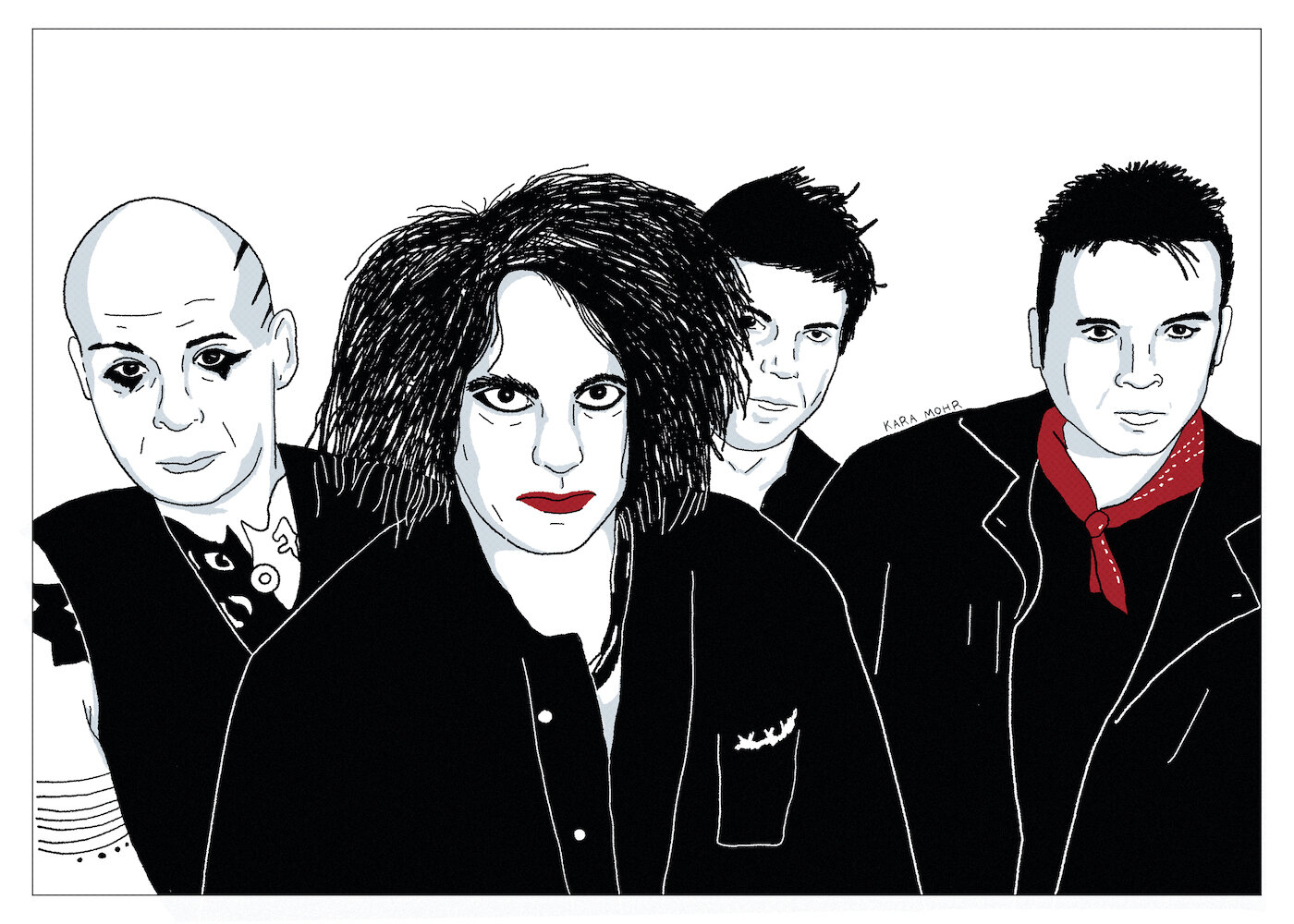
The Cure “4:13 Dream”
In 2008, The Cure released “4:13 Dream.” Robert Smith was nearly fifty at the time, but looked and sounded very much like the man who made “Friday I’m in Love” in 1992 and “Boys Don’t Cry” in 1979. “4:13 Dream” sold poorly and featured no hit singles. It was either overlooked or under-appreciated. Or both. At the time, it seemed certain that another album would follow soon thereafter. But nothing came. So, if “4:13 Dream” served as a temporary, or accidental, coda, it undoubtedly begs the question: “what did we all miss?”
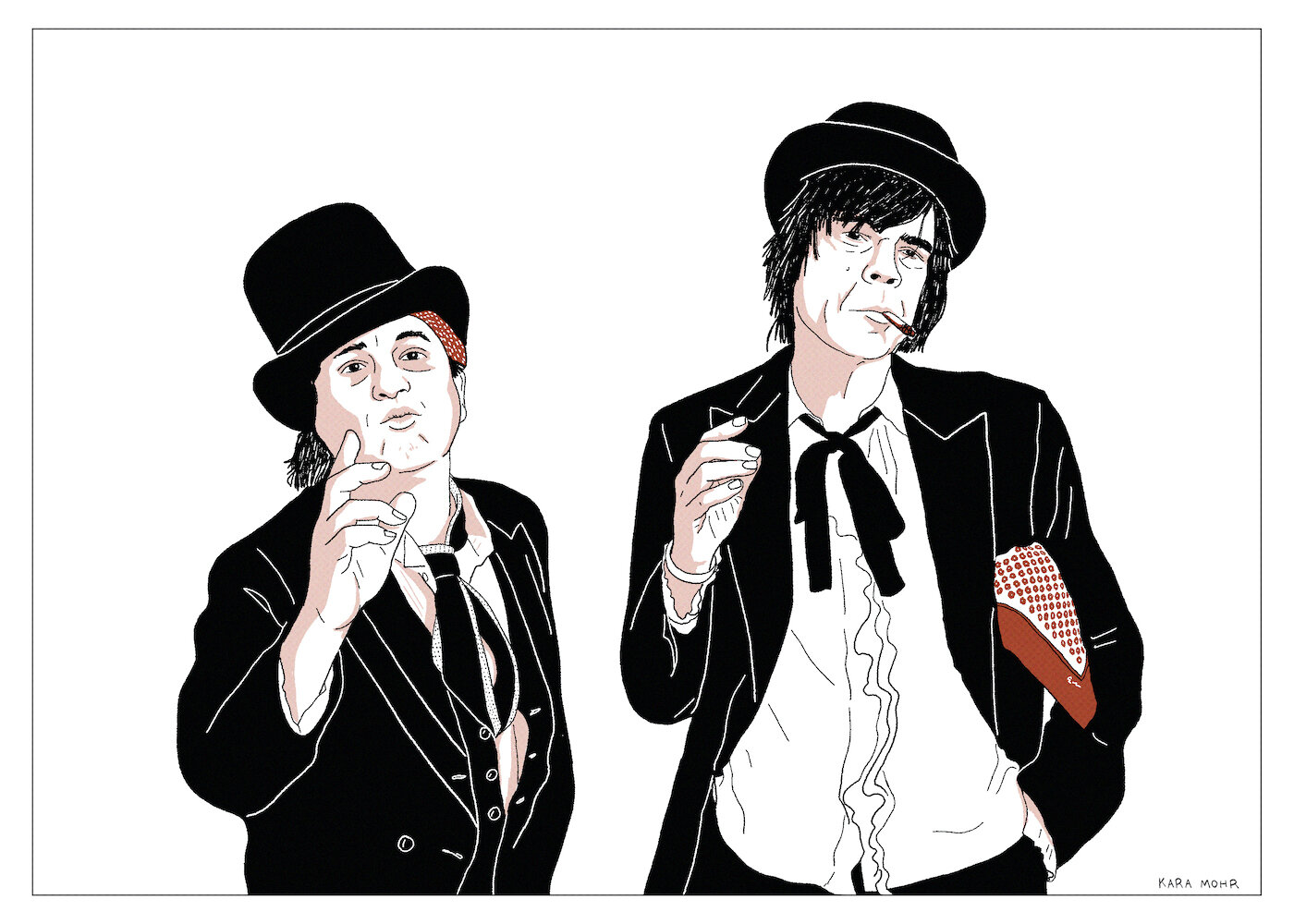
The New York Dolls “One Day It Will Please Us to Remember Even This”
Morrissey is both notoriously impossible and capable of the impossible. In 2004, he proved as much when he invited David Johansen, Sylvain Sylvain and Arthur Kane, the Dolls’ surviving members, to play a festival in London. Incredibly, the band agreed. For a group so doomed and so frozen in ember, a reunion seemed unthinkable. And yet, it happened. If any band deserved a life after death, it was assuredly the New York Dolls. By 2006, with only Johansen and Sylvain left to carry the flag, they released “One Day It Will Please Us to Remember Even This,” their first album in over thirty years.
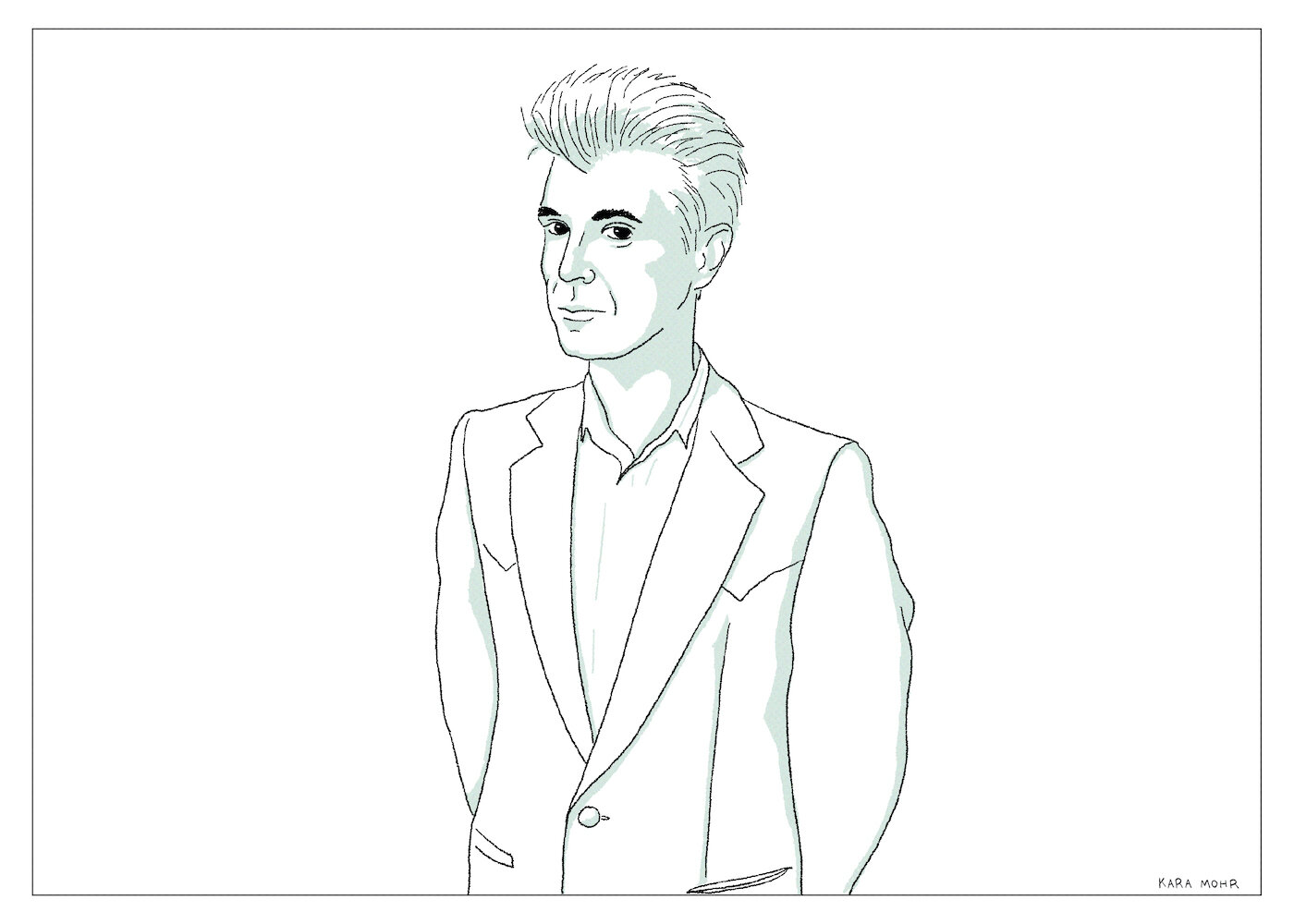
David Byrne “Grown Backwards”
When the Talking Heads split up, David Byrne went on to a long but never as commercially successful solo career. In the Talking Heads he was always very much the center of the band, selling the show. But, alone, he could never sell himself quite as well. If the music of “Talking Heads ‘77” is the music of a man alone in his neurosis, “Grown Backwards” is the music of a married man with children. You might not expect the person who had a “Fear of Music” to write a lovely song called “The Man Who Loved Beer,” but, in fact, he did.
